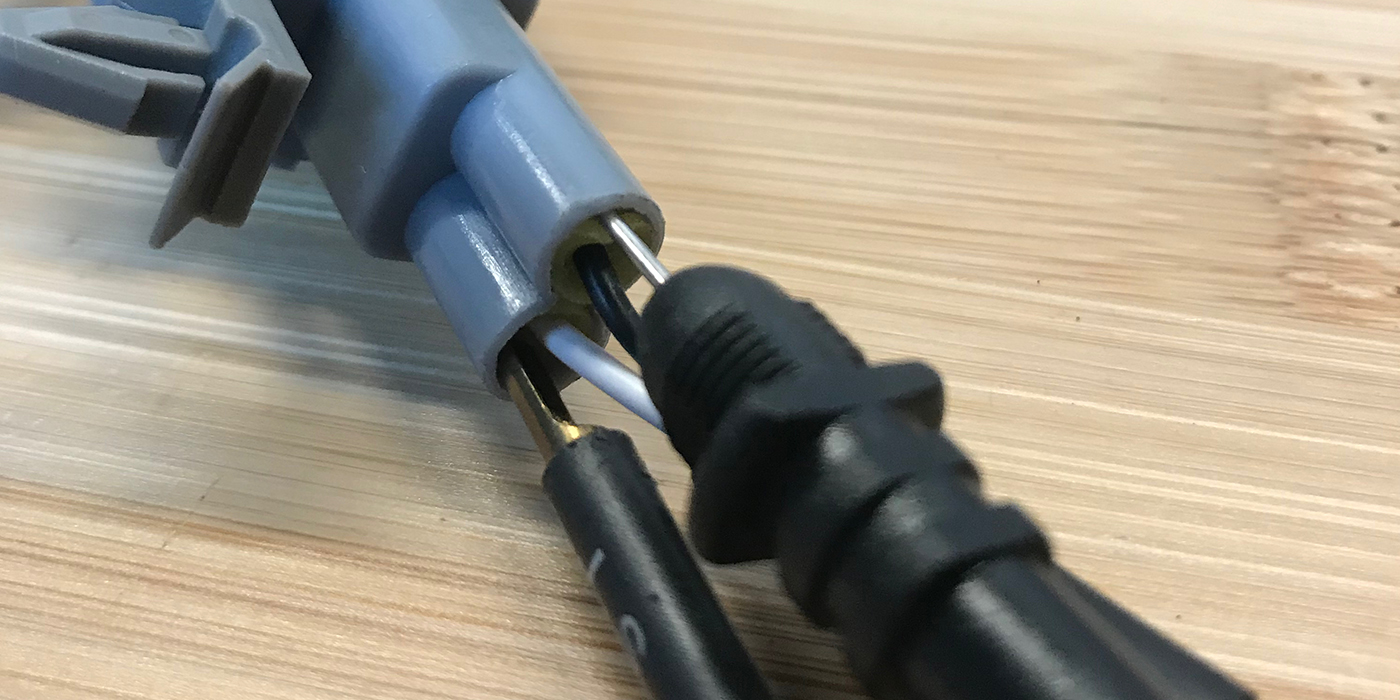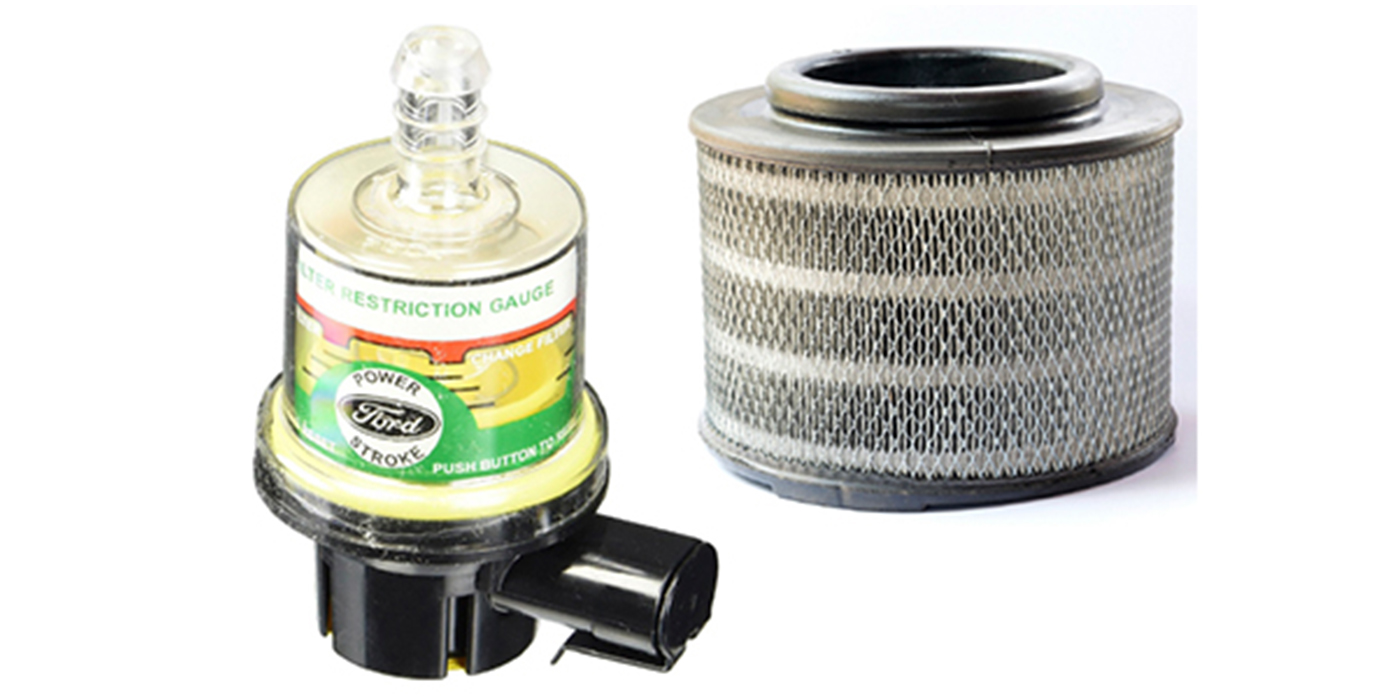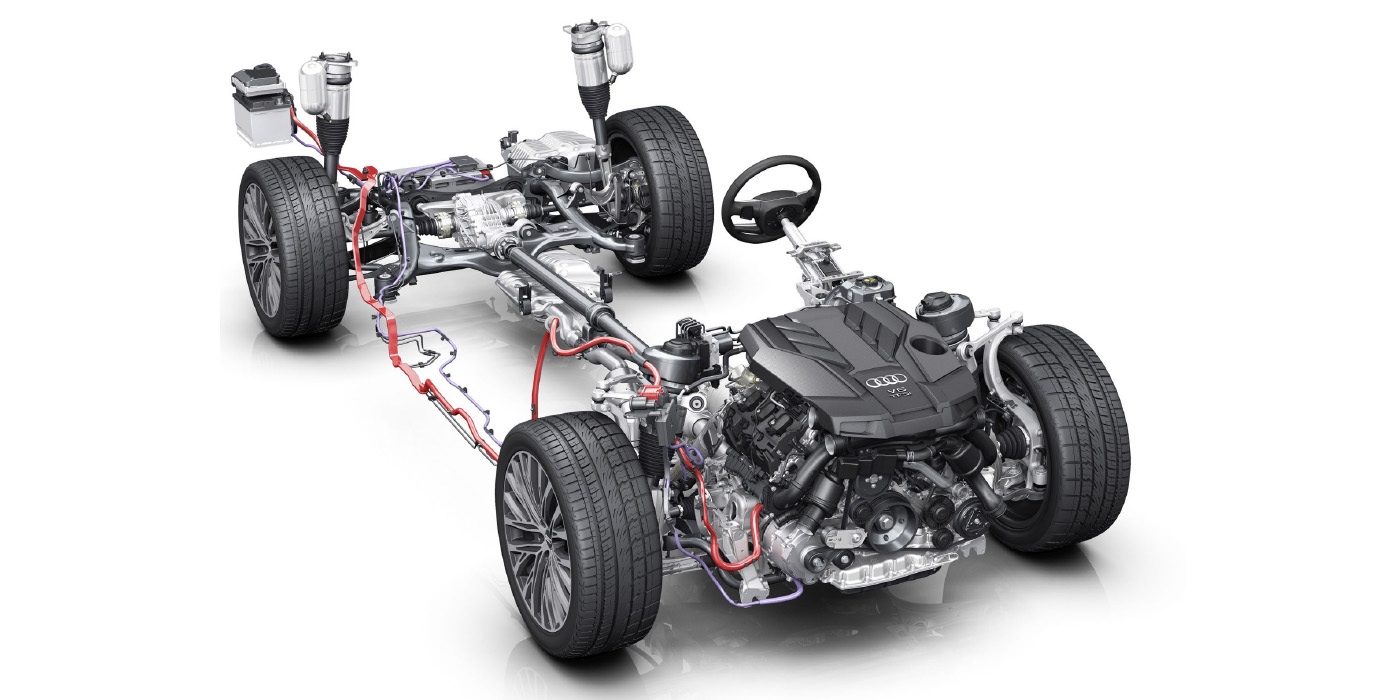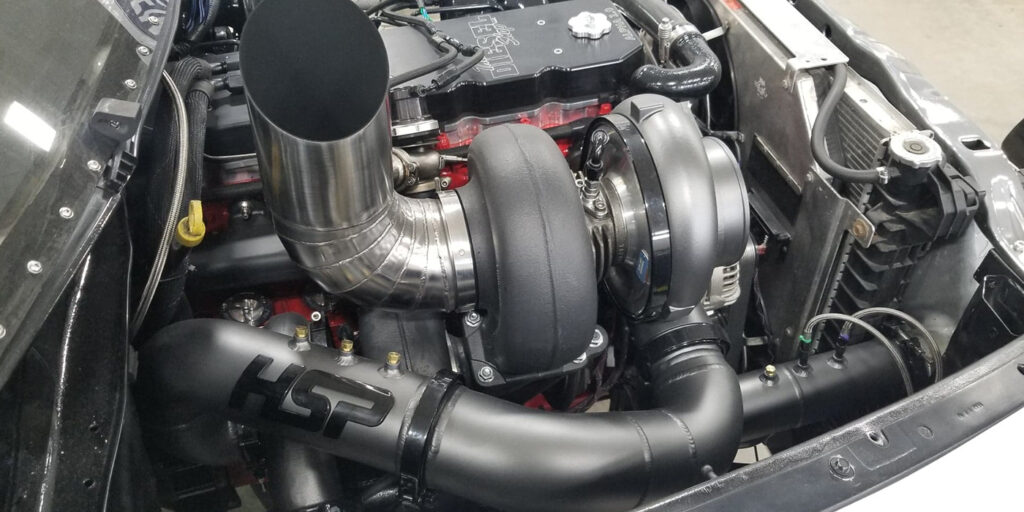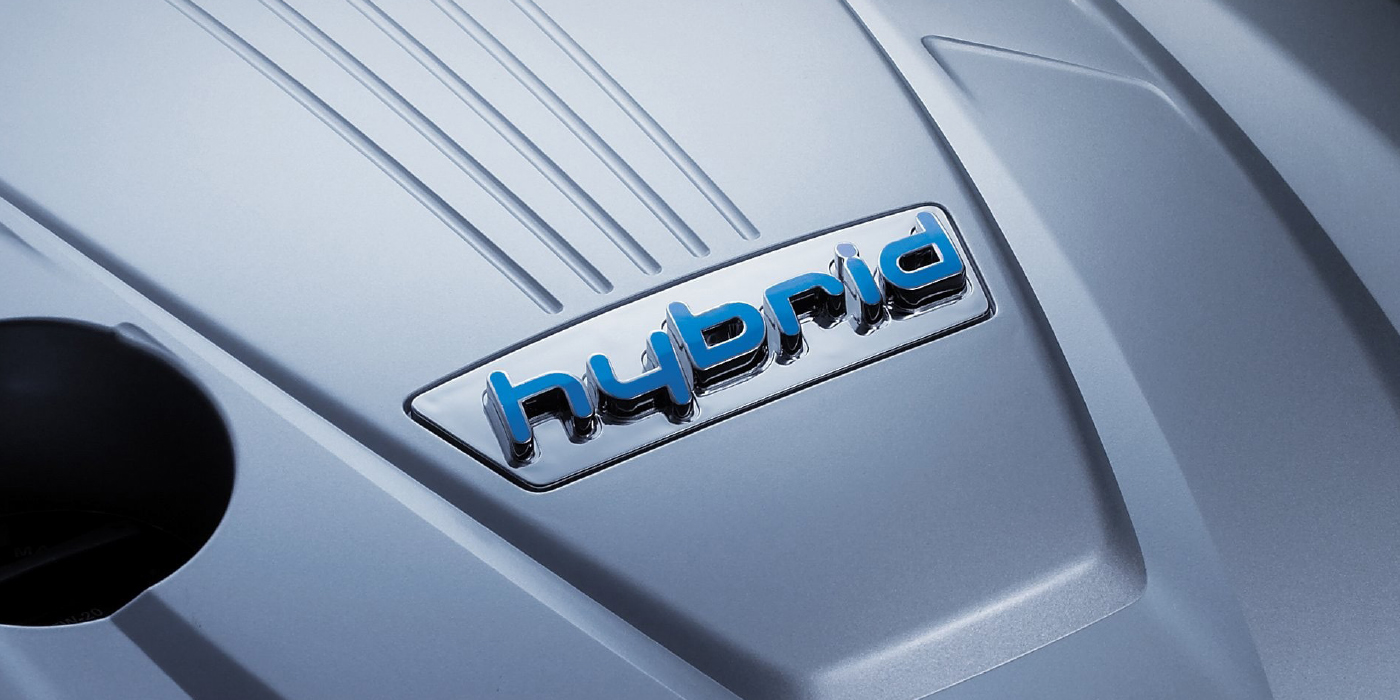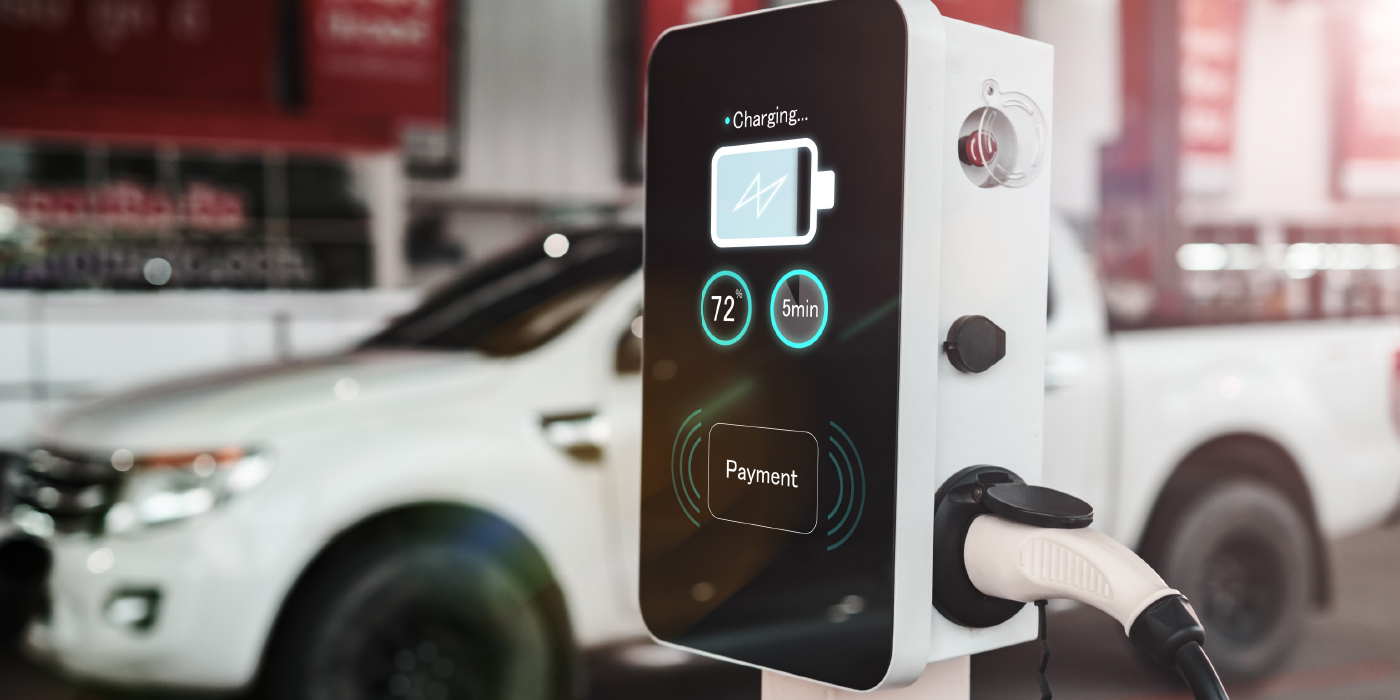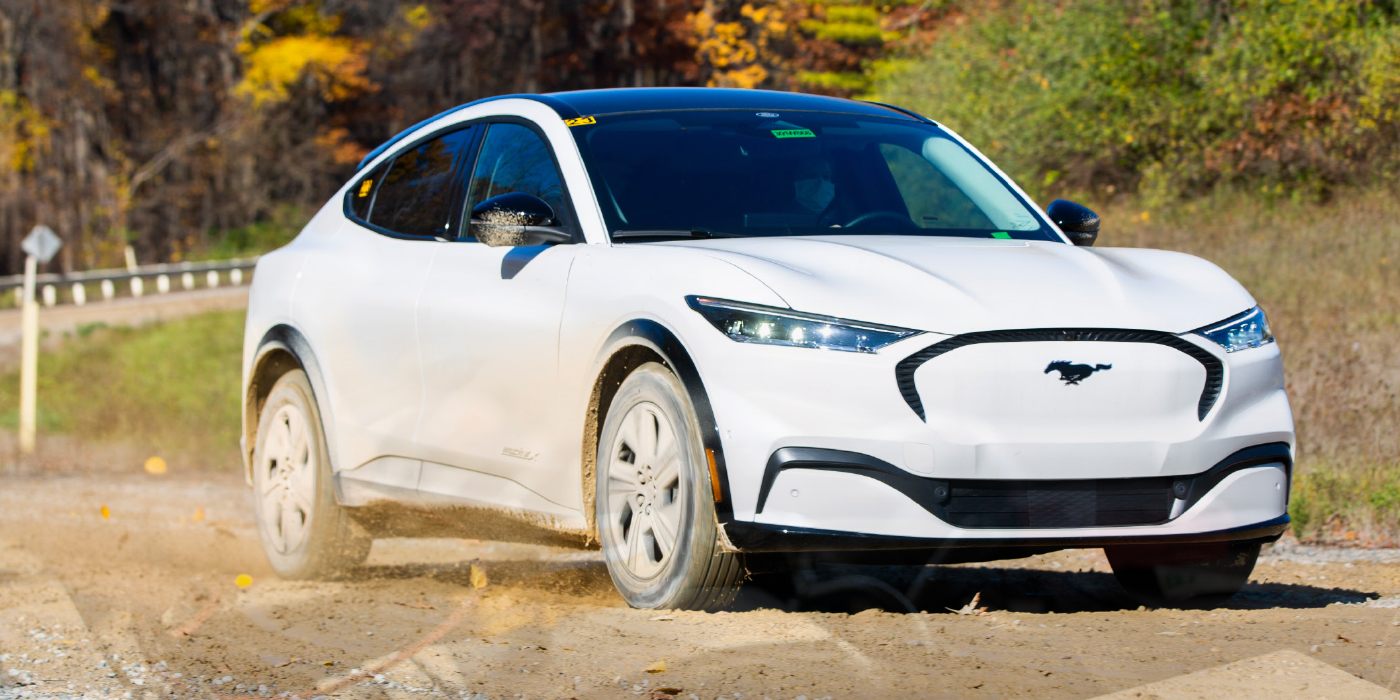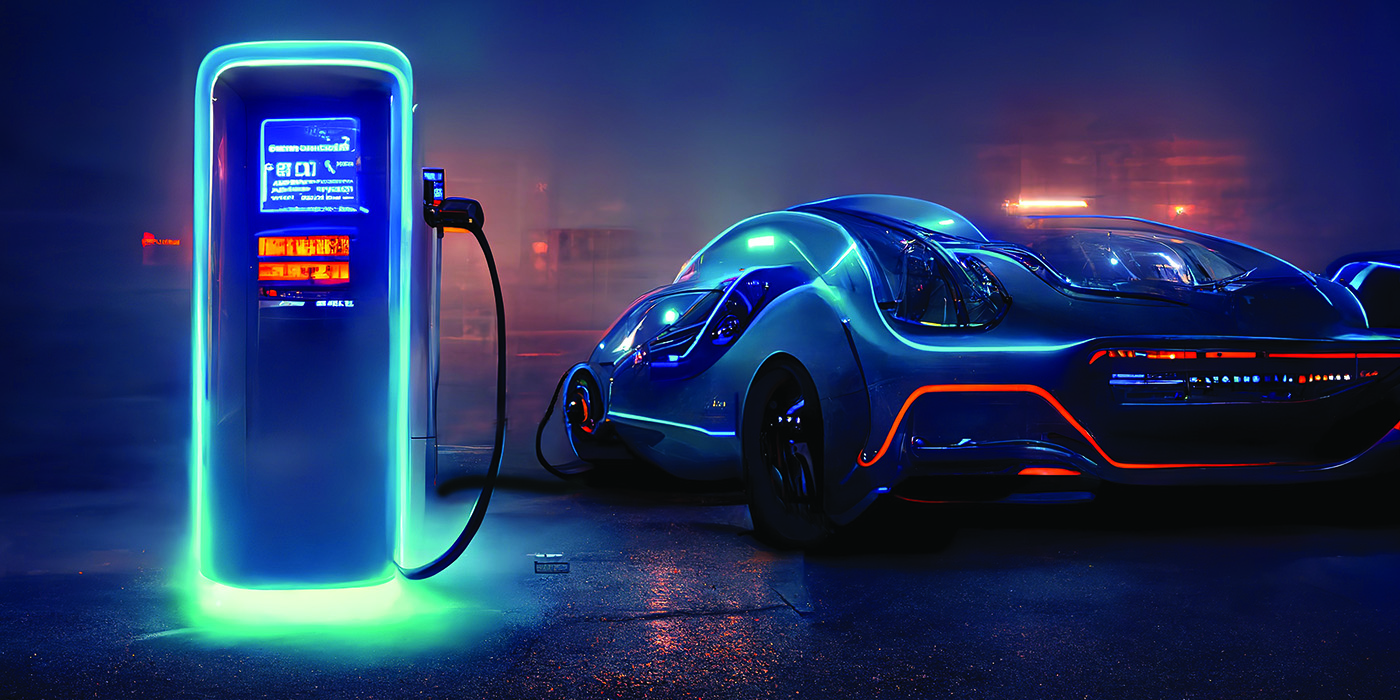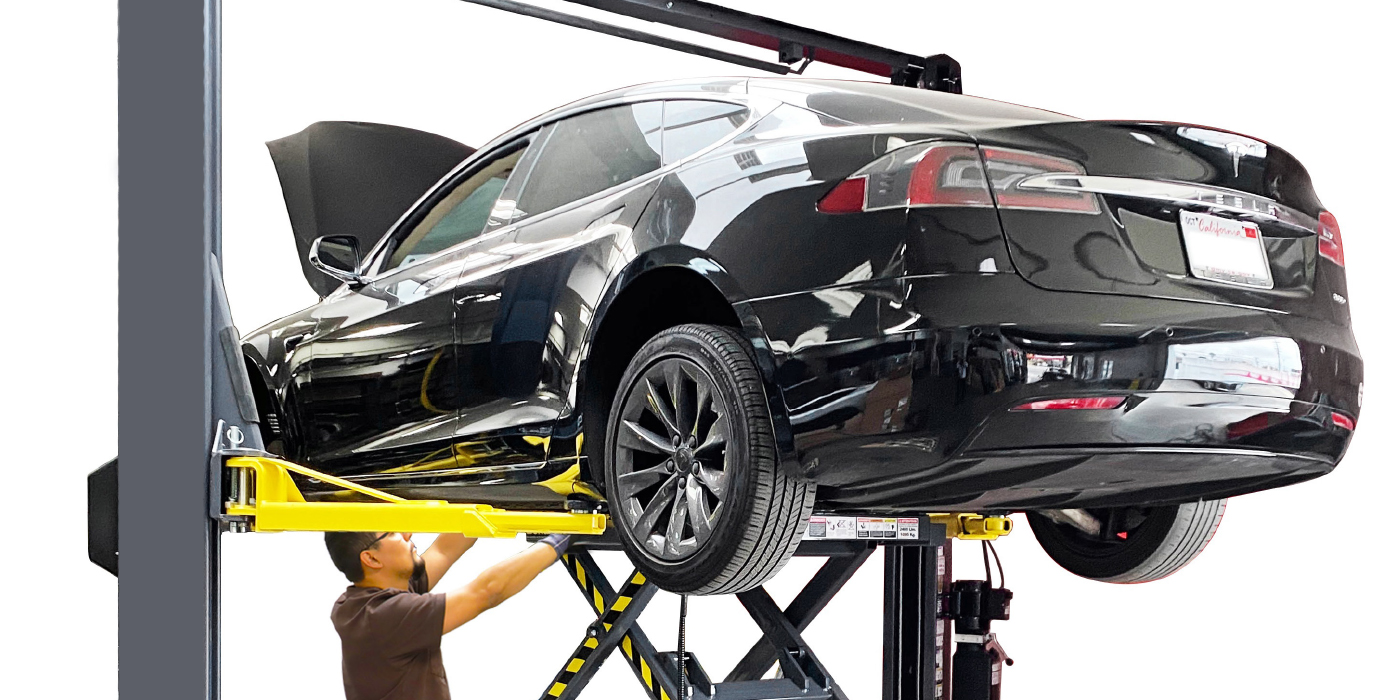Mr. Ellis called first thing this morning to ask why the “low tire” lamp was on in his 2006 Mercury Mariner Hybrid. He needed to get out to the golf course for an 8 a.m. tee time. I told him that as long as the tire wasn’t flat, to come over to the shop and I would check the tire pressure. I guessed that cold weather combined with low tire pressure may be causing the lamp to illuminate. A quick check showed that the left rear tire was 5 psi below specification. After adding some air, Mr. Ellis was on his way to the country club.
Vehicles with a tire pressure monitoring system (TPMS) may display a solid TPMS indicator, and the message center (if equipped) may display “Low Tire Pressure.” This may result from the actual tire pressure being low due to time or temperature changes (10° F = 1 psi). Adjusting the tire pressure to specification should turn out the warning light once the sensors have been awakened.
If the vehicle has been stationary for more than 30 minutes, it will be necessary to wake up the sensors with the training tool, forcing them to transmit the latest air pressure information to the smart junction box (SJB), or responsible module. This can be done by either driving the vehicle for two minutes above 20 mph or by using the training tool. The sensors do not continuously transmit when the vehicle is not moving.
Rotunda P/N 204-324 (for valve-mounted sensors) or 204-363 (for wheel-mounted sensors) Tire Pressure Monitor Activation Tool or equivalents may be required to perform the wake-up procedure.
Applicable Vehicles:
• 2003-’06 Expedition, Explorer
• 2006 Escape Hybrid, Escape, Freestar
• 2003-’05 Aviator
• 2003-’06 Navigator
• 2003-’06 Mountaineer
• 2006 Mariner Hybrid, Mariner, Monterey
Repair Procedure:
1. Inflate all tires to the correct air pressure.
2. Place the ignition in the RUN position.
3. Use the correct special service tool for valve- or wheel-mounted sensors.
4. Place the magnet on each sensor for approximately five seconds or ping each sensor at least twice after adding air to ensure the module has the latest air pressure data.
5. If the TPMS indicator does not go off after filling the tires to the correct air pressure and pinging each sensor then refer to Tire Monitoring System in your repair information system for further diagnosis.
Courtesy of ALLDATA Technical Editor Eric Seifert, an ASE certified Master Technician and Engine Machinist, with 20 years of independent shop and parts store experience.
For additional information on ALLDATA, visit www.alldata.com.


